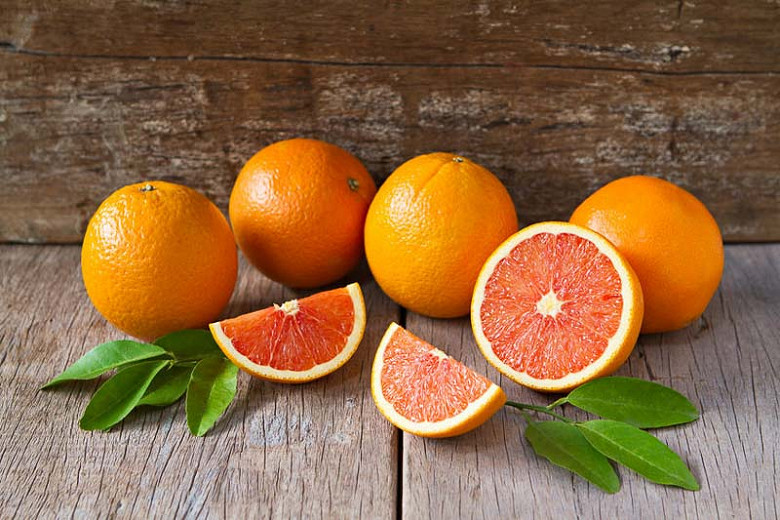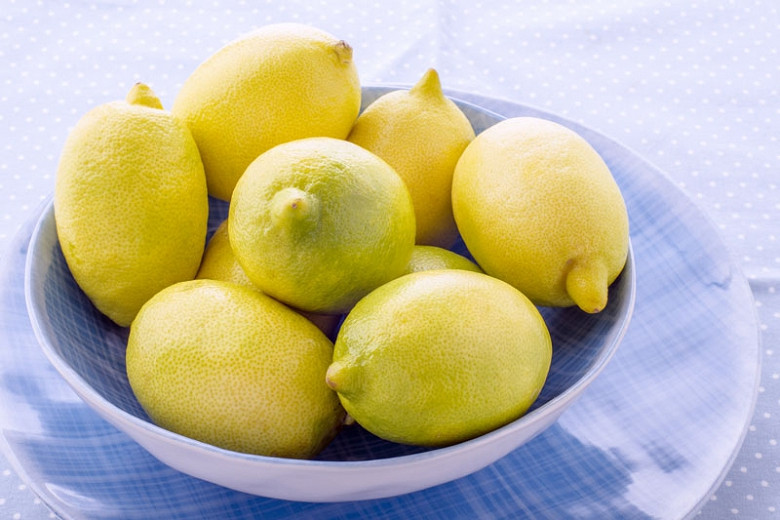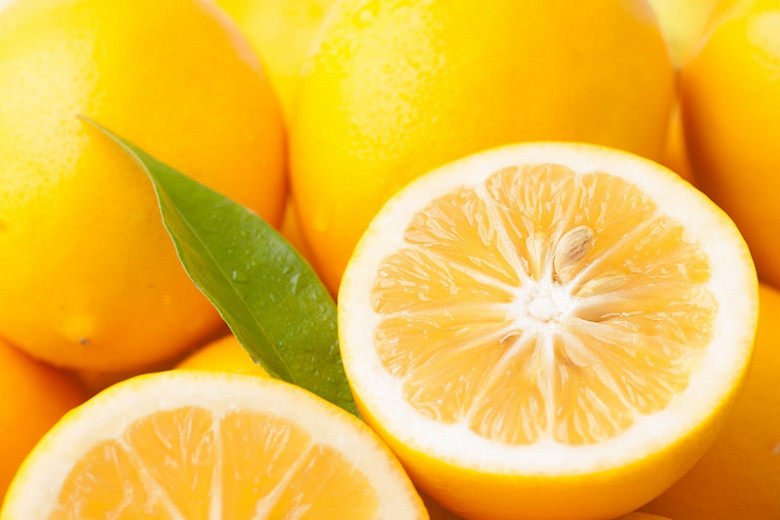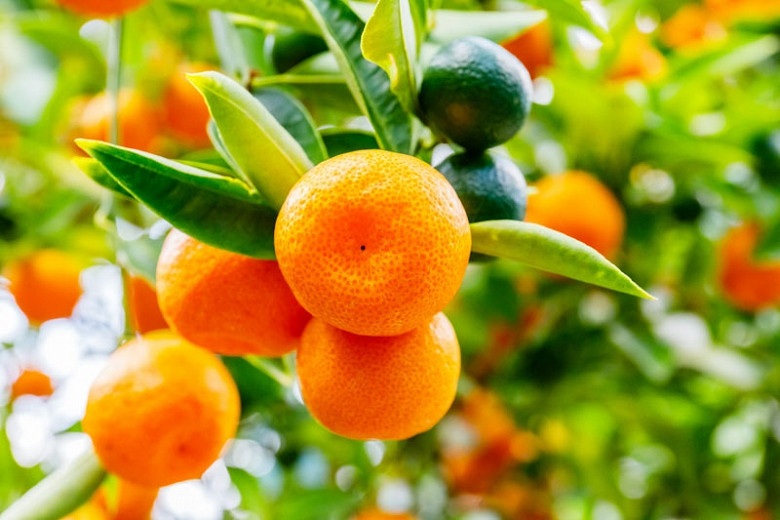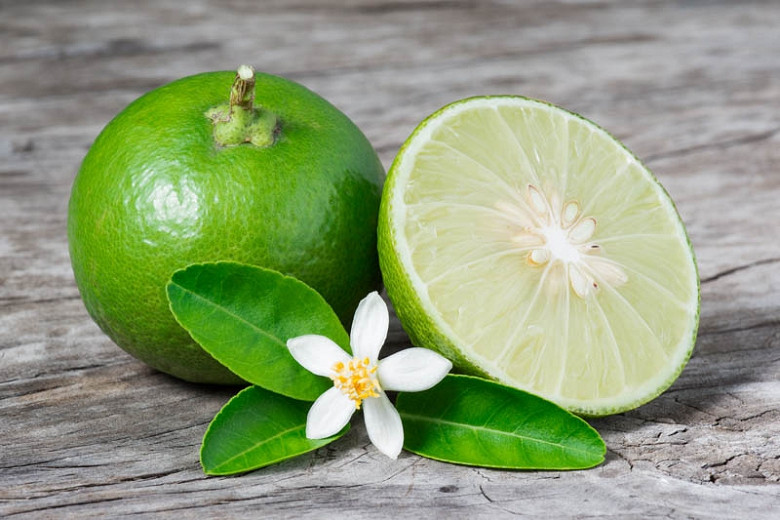Citrus sinensis Cara Cara (Navel Orange)
A popular navel orange variety, Citrus sinensis 'Cara Cara' is a medium-sized evergreen tree prized for its nearly seedless, juicy oranges with deep reddish-pink, ultra-sweet flesh. Low in acid, the fruit has an incredibly sweet citrus flavor with notes of berries. Cara Cara Orange is the result of the cross-pollination of a Washington Navel Orange and a Brazilian Bahia Navel Orange. Like many sweet oranges, it requires prolonged periods of warmer temperatures to produce a heavy, sweet-tasting crop. Highly ornamental, the tree features a spreading, rounded growth habit and can be grown in a container. Its white blossoms are intensely fragrant and contrast nicely with the lush foliage of waxy, dark green leaves. Valued for their unique flavor, Cara Cara oranges are harvested through winter. They lend themselves to many culinary uses: wonderful in salads, dessert recipes, and homemade beverages.
- Grows up to 8-20 ft. tall and wide (240-600 cm).
- A full sun lover, this plant is easily grown in sandy, neutral or acidic, well-drained soils. Needs water regularly, but cannot stand flooding or saturated soils.
- Thrives in warm climates, typically enjoying temperatures between 55-85°F (12-29°C). Grow it indoors in a warm, sunny room and move it outdoors in late spring to a sunny spot protected from the wind.
- No pruning required.
- Generally disease free. Keep an eye out for citrus red spider mite, glasshouse red spider mite, soft scale, fluted scale, aphids, caterpillars, and mealybugs under glass.
- Propagate by semi-hardwood cuttings and grafting.
- Toxic to dogs, toxic to cats, toxic to horses.
Requirements
| Hardiness | 9 – 10 |
|---|---|
| Climate Zones | 8, 9, 12, 13, 14, 15, 16, 17, 18, 19, 20, 21, 22, 23, 24, H1, H2 |
| Plant Type | Fruit, Trees |
| Plant Family | Citrus |
| Exposure | Full Sun |
| Season of Interest | Spring (Early,Mid,Late)Summer (Early,Mid,Late)FallWinter |
| Height | 8' – 20' (240cm – 6m) |
| Spread | 8' – 20' (240cm – 6m) |
| Water Needs | Average |
| Maintenance | Average |
| Soil Type | Clay, Loam, Sand |
| Soil pH | Acid, Neutral |
| Soil Drainage | Moist but Well-Drained |
| Characteristics | Fragrant, Showy, Evergreen, Fruit & Berries |
| Garden Uses | Patio and Containers |
| Garden Styles | Informal and Cottage, Mediterranean Garden |
